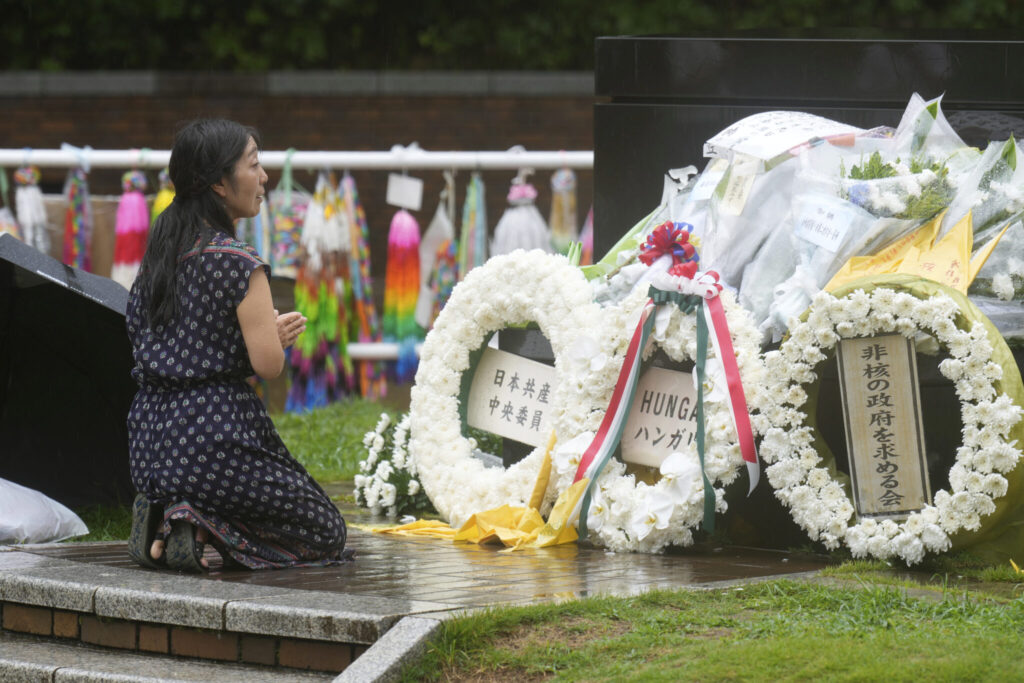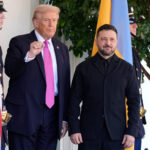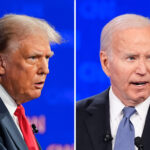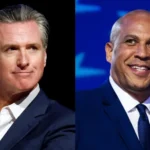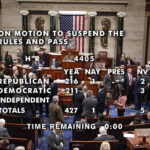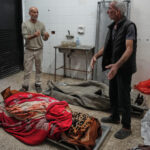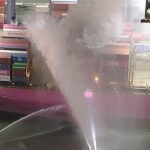Nagasaki Marks 80 Years Since Atomic Bombing Tragedy/ Newslooks/ WASHINGTON/ J. Mansour/ Morning Edition/ Nagasaki commemorated the 80th anniversary of the U.S. atomic bombing with survivors urging younger generations to carry forward the fight for a nuclear-free world. The ceremony drew leaders, diplomats, and citizens, with calls for lasting peace and the abolition of nuclear weapons. Aging survivors are racing to preserve their testimonies before their memories fade.
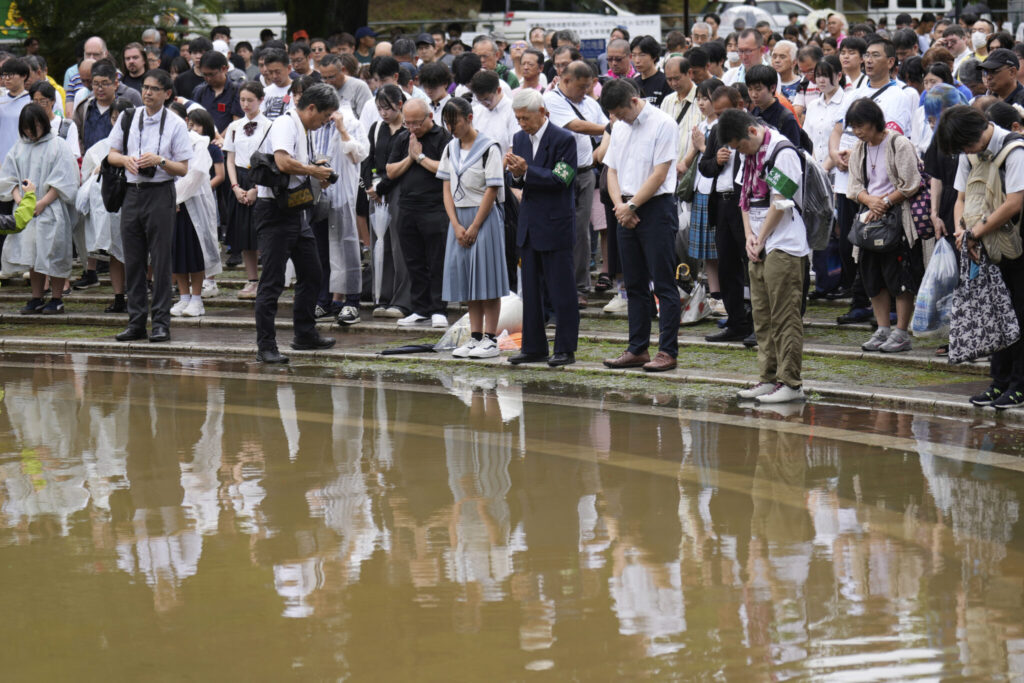
Nagasaki Atomic Bombing Anniversary Quick Looks
- Date of bombing: Aug. 9, 1945; about 70,000 dead by year’s end.
- Event: Ceremony at Nagasaki Peace Park with global representatives.
- Moment of silence at 11:02 a.m., exact time of detonation.
- Survivors urge nuclear abolition and war prohibition.
- Average survivor age: Over 86, with numbers rapidly declining.
- Peace education initiatives led by survivors for younger generations.
- Japan’s stance: Supports NPT but not nuclear ban treaty due to U.S. alliance.
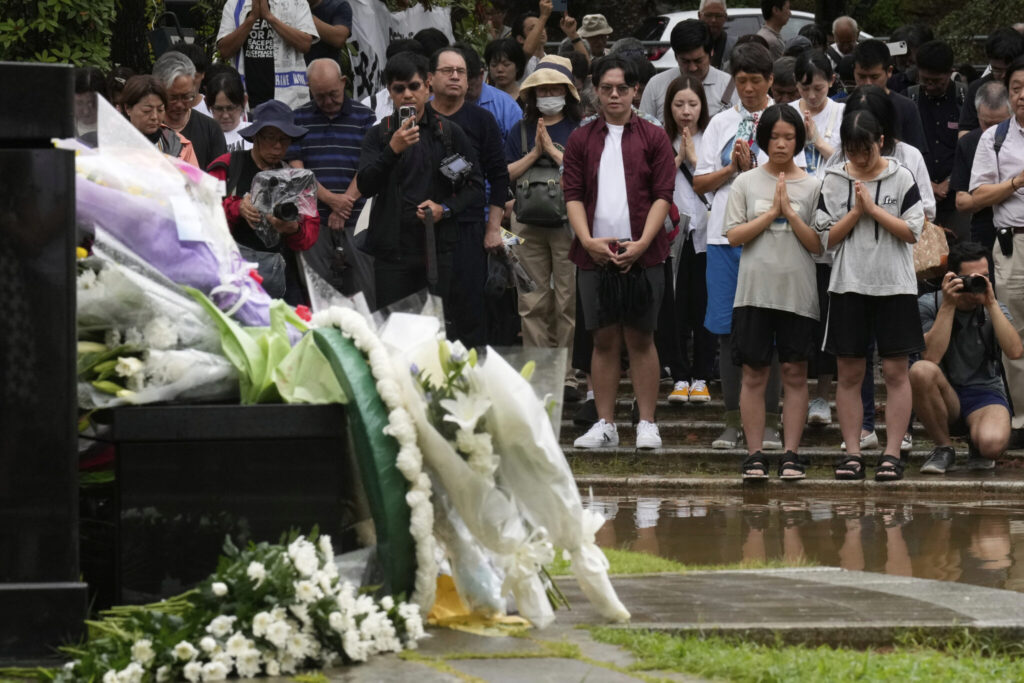
Nagasaki Marks 80 Years Since Atomic Bombing Tragedy
Deep Look
On Saturday, the city of Nagasaki solemnly marked 80 years since the U.S. atomic bombing that killed tens of thousands and left generations grappling with the physical and emotional scars. Survivors—most now in their 80s and 90s—used the occasion to call on younger generations to ensure Nagasaki remains the last city ever targeted with a nuclear weapon.
The atomic bomb exploded over Nagasaki at 11:02 a.m. on August 9, 1945, three days after Hiroshima’s bombing. By the end of that year, an estimated 70,000 had died in Nagasaki and 140,000 in Hiroshima. Six days later, Japan surrendered, ending World War II.
Ceremony of Remembrance
About 2,600 attendees, including representatives from more than 90 countries, gathered at Nagasaki Peace Park. At the exact moment of the detonation, the crowd observed a minute of silence as a bell tolled, honoring those lost.
Mayor Shiro Suzuki, whose parents are bombing survivors, described the city’s memories as “a common heritage” that must be passed down “for generations in and outside Japan.” He pledged to work “hand-in-hand with global citizens” toward abolishing nuclear weapons and achieving lasting world peace.
Prime Minister Shigeru Ishiba and other dignitaries also addressed the gathering. After speeches, dozens of doves—symbols of peace—were released into the sky.
Testimonies of Pain and Resolve
Survivor Hiroshi Nishioka, 93, recalled that even those without visible injuries after the bombing later succumbed to radiation sickness.
“Never use nuclear weapons again, or we’re finished,” he told the audience.
In the rainy morning hours before the ceremony, survivors like 85-year-old Koichi Kawano visited Hypocenter Park, laying flowers at the monument beneath the bomb’s blast site. “I simply seek a world without war,” Kawano said.
Nagasaki’s Urakami Cathedral, destroyed in the bombing, rang its twin bells together again after one was recovered and restored by volunteers.
Passing the Torch
As the number of survivors—known as hibakusha—falls to around 99,130, preserving their memories has become urgent. The youngest survivors were children in 1945, and many have only faint recollections.
Fumi Takeshita, 83, who speaks in schools about her experience, urges students to remember and act.
“When you grow up and remember what you learned today, please think what each of you can do to prevent war,” she told one class.
Activist Teruko Yokoyama, also 83, has turned to digital preservation, helping record and upload survivors’ stories to YouTube and other platforms with the help of younger volunteers.
“There are younger people who are beginning to take action… so I think we don’t have to get depressed yet,” she said.
On Friday, a peace forum brought together survivors and more than 300 young people from across Japan. Ninety-year-old Seiichiro Mise symbolically passed “seeds of peace” to the next generation.
Japan’s Nuclear Dilemma
Survivors voiced frustration over global nuclear policies, particularly Japan’s refusal to join the Treaty on the Prohibition of Nuclear Weapons. Tokyo argues that U.S. nuclear deterrence is essential to its security, even as it advocates for disarmament under the Nuclear Non-Proliferation Treaty (NPT).
In his speech, Ishiba reaffirmed Japan’s goal of a nuclear-free world and pledged to promote dialogue between nuclear and non-nuclear states at the 2026 NPT review conference in New York. U.N. Secretary-General António Guterres, in a message read by Under-Secretary-General Izumi Nakamitsu, urged countries to “move from words to action” and strengthen disarmament efforts.
Notably, China declined to send a representative to this year’s ceremony without explanation. Last year’s event saw controversy when U.S. and Western diplomats boycotted after Nagasaki did not invite officials from Israel.
Global Significance
For Nagasaki, the annual memorial is not just about the past—it’s about influencing the present and future. The city’s leaders and citizens view their history as a warning against complacency in an era of renewed nuclear tensions. Survivors believe their lived experiences can inspire the next generation to reject nuclear arms and work for a peaceful, war-free world.
As the anniversary passed, the doves’ flight over Nagasaki served as both a symbol of remembrance and a call to action—an enduring reminder of the city’s hope to remain the last place on Earth ever targeted by an atomic bomb.

